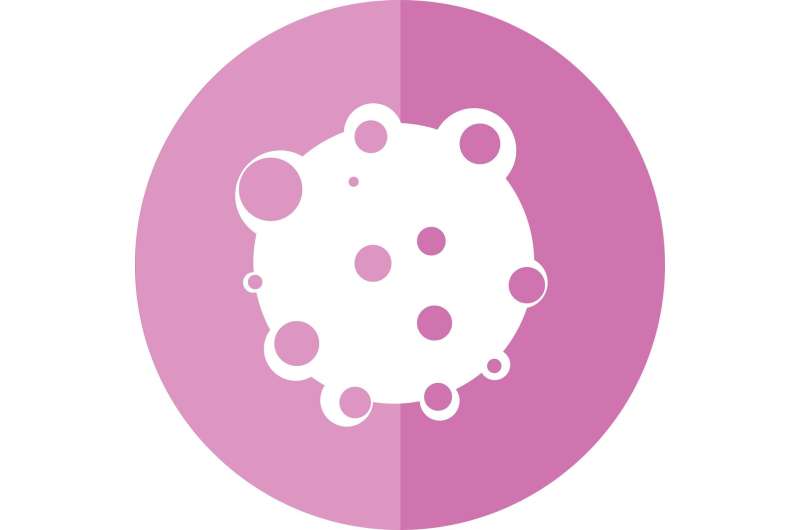
The discovery of novel groups or categories within diseases, organisms and biological processes and their organization into hierarchical relationships are important and recurrent pursuits in biology and medicine, which may help elucidate group-specific vulnerabilities and, ultimately, novel therapeutic interventions.
Now a new study introduces a novel computational methodology and an associated software tool called K2Taxonomer, which support the automated discovery and annotation of molecular classifications at multiple levels of resolution from high-throughput bulk and single cell ‘omics’ data. The study includes a case study detailing the analysis of the transcriptome of breast tumor-infiltrating lymphocytes (white blood cells in the immune system, aka TILs) on a single-cell basis, which significantly expands upon previous findings and showcases the incorporation of the methods into an advanced in-silico (produced by computer modeling) analysis workflow.
“Our study presents a comprehensive evaluation and extensive benchmarking of the method on simulated and real data, which convincingly shows its high accuracy, its superior performance when compared to other representative methods and its capability to (re)discover known nested molecular classification,” explained first author Eric Reed, Ph.D., a recent graduate of the BU Bioinformatics Program.
The researchers found that the K2Taxonomer-based analysis of single cell data from breast TILs characterized a transcriptional signature common to multiple immune T cell subsets. Importantly, the analysis found that activation of this signature is associated with better survival in breast cancer patients. “Our study points to some of the features of what an effective cancer immune response would look like. Not only could this enable us to better predict how breast cancer patients will fare after diagnosis, but also reveal some specific immune programs that need to be enhanced to generate a (literally) killer immune response,” added corresponding author Stefano Monti, Ph.D., associate professor of medicine at Boston University School of Medicine (BUSM).
Source: Read Full Article
